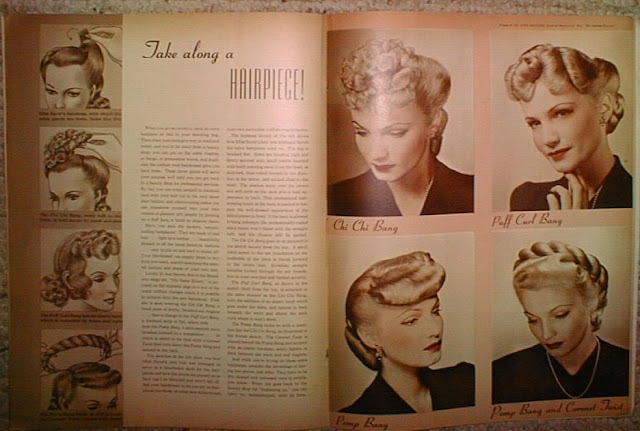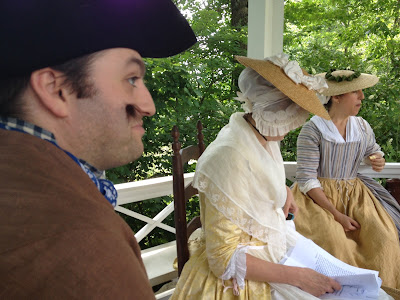In the morning we attended the Hive's 2013 Challenge event at Hartwell Tavern at the Minute Man National Park. We had to provide documentation for all our clothing and gear. There are two posts this week about that, you can read about my clothing here and Cori's clothing here. We had a wonderful time at Hartwell Tavern. I only wish I had time to visit with more of the re-enactors there. Sew18thCentury and KittyCalash , I'm sorry I missed you! After spending a lovely morning at Hartwell we zipped over to Fall River to the WWII living history event at Battleship Cove.
Battleship Cove is a maritime heritage museum preserving the world's largest collection of historic naval ships. Visit five National Historic Landmarks and the Commonwealth's official veterans memorial for WWII and the Korean, Vietnam, and Persian Gulf Wars. - Battleship Cove website
This incredible place in home to the WWII era battleship U.S.S. Massachusetts, the destroyer USS Joseph P. Kennedy, Jr., a Balao-class submarine, the USS Lionfish, and many other historical exhibits. I've seen lot of pictures of battleships but until you see one up close you don't realize just how big they are!
Can you tell Cori was excited to be there? He was like a kid in a candy store, a really big candy store! This picture is currently on my computer desk top at work. :)
We arrived later in the afternoon just as they were finishing a Pearl Harbor simulation. There was a large movie screen set up showing actual footage of the attack along with a very small scale reenactment of navy personnel responding to the attack. We didn't get a chance to really check out the living history displays but among them were military vehicles, a British Home Guard display, German military, U.S. Navy and USMC uniform and equipment displays. And of course the ships!
Cori and I met a couple fellow re-enactors at the 1920s Roaring Lawn party who take part in living history events at Battleship Cove. The USS Massachusetts Living History Group is a small group of WWII re-enactors and Navy history enthusiasts who are dedicated to bringing the historic vessel back to life. As we were looking for them we met a young gent who works there and he offered to give us a tour of the battleship. So cool! On a side note ... dresses, high heels, metals floors, and lots of ladders and stairs are not the best combination! Next time I visit the ship I'm wearing flats!
I wish I had taken more pictures inside the ship but the lighting wasn't great and my camera didn't want to cooperate. I did take this one of the shoe shop. :) I need to find a box of Cat Paw shoe tacks!! The boxes are really cute.
 |
| Shoe shop on board the U.S.S. Massachusetts. Rebbecca and Ashley this photo is for you! |

I got to wear my new 1940s hat, shoes, and purse! All three of these I picked up at the 1920s Roaring Lawn party. The shoes were made by the Red Cross Shoe Company and are very comfortable. The dress some of you may remember from last summer when I wore it to the Market Maddness event in town. It's a little faded in spots so don't look too closely. Despite it's little flaws the dress is one of my favorites.
 |
| Please pardon my messy hair and loose hair pins, it was the end of the day! |
Dress - Fort Ann antique shop
Purse and Red Cross Company shoes- Curio Vintage
Hat - Tangerine Boutique
Seabees uniform - I think this one came from Ebay but I can't remember.
Seabees uniform - I think this one came from Ebay but I can't remember.
If you are looking for a place to visit I can't recommend Battleship Cove enough. There is so much to see and do! The few hours we spent there were not nearly enough. You can easily spend all day there or night too. Yep, you can arrange for group tours and overnights on the battleship, how cool is that?








































